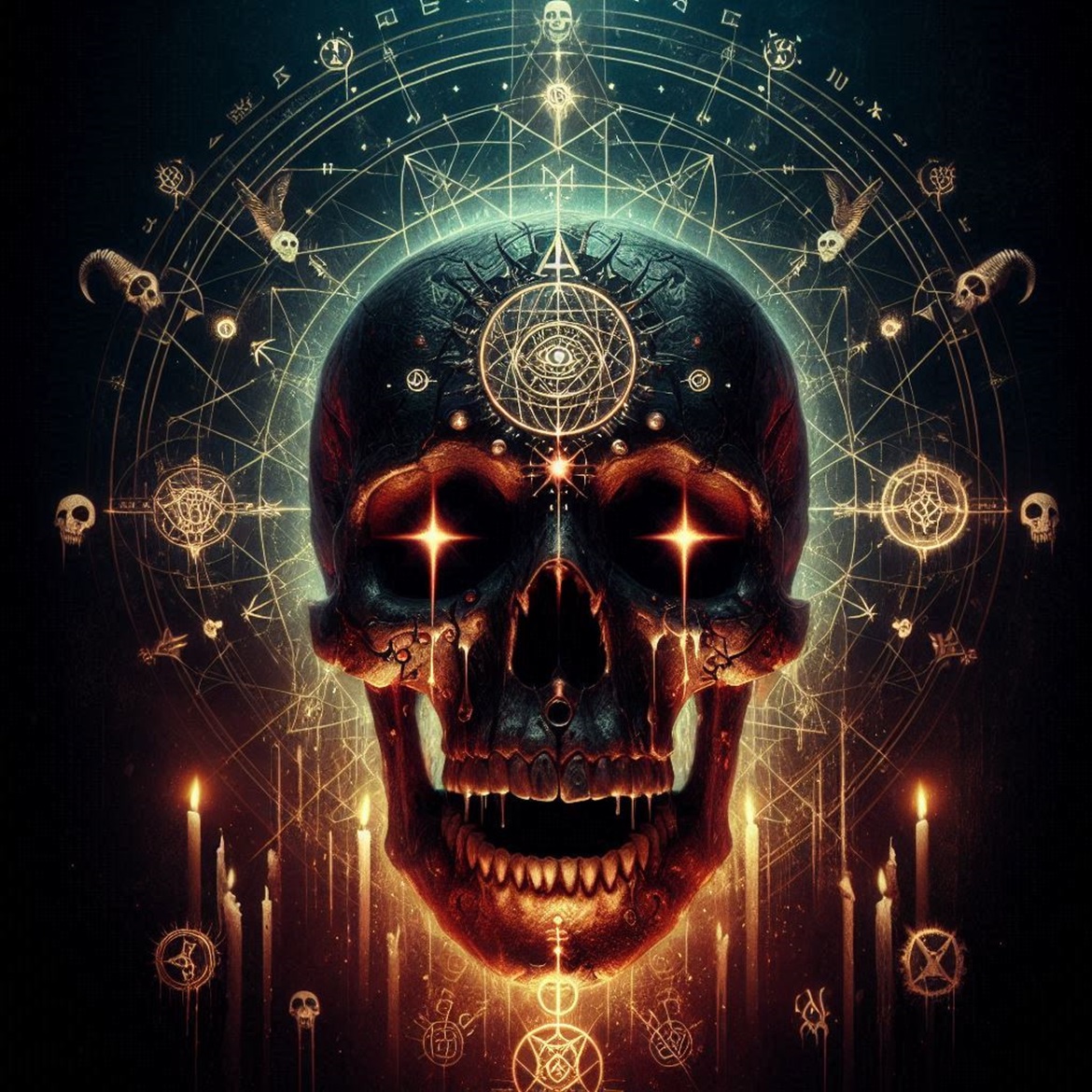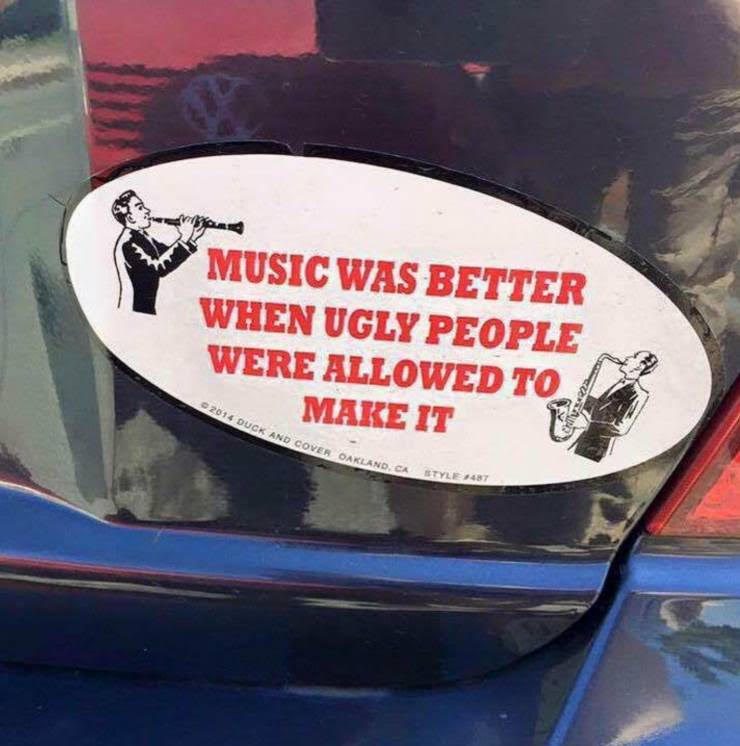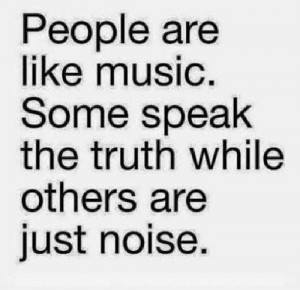The entertainment industry, a glittering façade that captivates millions, hides a shadowy undercurrent brimming with dark, demonic symbolism. From album covers drenched in ominous imagery to music videos steeped in eerie visuals, this sinister motif permeates the industry. But why is this malevolent symbolism so widespread? Let’s unearth the unsettling truth behind the pervasive presence of demonic imagery.
Historical Roots of Symbolism
To grasp the dark allure of demonic symbols, we must delve into history’s cryptic pages. Symbols have long been potent tools to communicate hidden messages and exert control over the masses. In ancient times, symbols held deep, mystical meanings and were often used in secret rituals to summon or ward off malevolent forces.
In the realm of music and entertainment, these symbols convey rebellion and defiance against the norms. Demonic imagery, with its malevolent connotations, has historically been a tool for challenging authority and inciting fear. This dark rebellion is a cornerstone of genres like rock and heavy metal, where artists use these symbols to channel their inner darkness and challenge societal constraints.
The Power of Shock Value
Demonic symbolism in the entertainment industry serves a darker purpose: shock and manipulation. In a world saturated with content, artists resort to shocking and controversial imagery to break through the noise. The sinister allure of demonic symbols naturally draws attention, sparking a mix of fear and fascination.
By embracing these symbols, artists create an aura of mystery and malevolence around their work. This not only garners publicity but also ensnares fans, keeping them hooked and yearning for more. The controversy surrounding demonic imagery fuels debates, further amplifying the artist’s influence and reach, often at the expense of the unsuspecting audience.
Influence of Occult Practices
The entertainment industry’s flirtation with the occult reveals a darker obsession with forbidden knowledge and sinister forces. Many artists are drawn to the occult’s eerie and forbidden aspects, using demonic symbols to delve into deeper, hidden meanings.
Occult practices and symbols are intertwined with the pursuit of hidden knowledge and the exploration of dark, unknown realms. For some artists, these symbols are a means to express their fascination with the macabre and the forbidden, rebelling against mainstream religious and societal norms. This fascination with the occult imbues their work with an unsettling, almost hypnotic allure.
Artistic Expression and Freedom
Art serves as a vessel for expression, and for some artists, demonic symbolism is a powerful conduit for channeling dark emotions. It allows them to explore the shadowy recesses of the human psyche, expressing anger, despair, and rebellion in raw, unfiltered forms.
The entertainment industry thrives on pushing boundaries and challenging the status quo. Demonic imagery is a stark testament to this defiance. It allows artists to express their individuality and creativity while delving into the darker aspects of human nature, unshackled by societal expectations.
The Role of Secret Societies
Lurking behind the scenes, secret societies wield an insidious influence over the entertainment industry. These clandestine groups, often linked with occult practices and demonic symbolism, are rumored to control many facets of the industry. The pervasive use of these symbols is seen by some as a form of communication, a way for these secretive entities to assert their presence and power.
Though concrete evidence is elusive, the notion of secret societies pulling the strings adds a layer of sinister intrigue to the prevalence of demonic imagery. It hints at hidden agendas and powerful, unseen forces manipulating the industry from the shadows.
Marketing and Branding Strategies
In the cutthroat world of entertainment, branding is everything. Demonic symbolism serves as a darkly effective branding tool, helping artists carve out a distinct, recognizable image. This eerie imagery evokes strong emotions, creating a sense of identity and loyalty among fans.
By harnessing demonic symbols, artists can differentiate themselves, carving out a unique niche in the market. This not only builds a devoted fan base but also enhances their marketability and commercial success, often by exploiting the darker facets of human nature.
Psychological Impact on Audiences
Demonic symbolism wields a profound psychological impact, tapping into deep-seated fears and primal instincts. These symbols evoke fear, fascination, and curiosity, making them potent tools for influencing and manipulating audiences.
For some, the allure of the forbidden and the taboo is irresistible. Demonic imagery allows them to vicariously explore these themes, providing a form of escapism that lets them experience the thrill of the unknown within a controlled setting. This psychological manipulation ensnares audiences, drawing them deeper into the artists’ dark, captivating worlds.
Conclusion
The prevalence of demonic symbolism in the music and entertainment industry is a dark and multifaceted phenomenon. Rooted in historical traditions, driven by the need for shock value and artistic expression, and influenced by occult practices and secret societies, it serves as a powerful tool for branding and psychological manipulation.
Whether viewed as rebellion, a marketing strategy, or a deeper exploration of the human psyche, demonic imagery’s dark allure ensures its enduring presence in the cultural landscape. Its shadowy influence continues to captivate and disturb, leaving an indelible mark on the minds and hearts of audiences worldwide.




